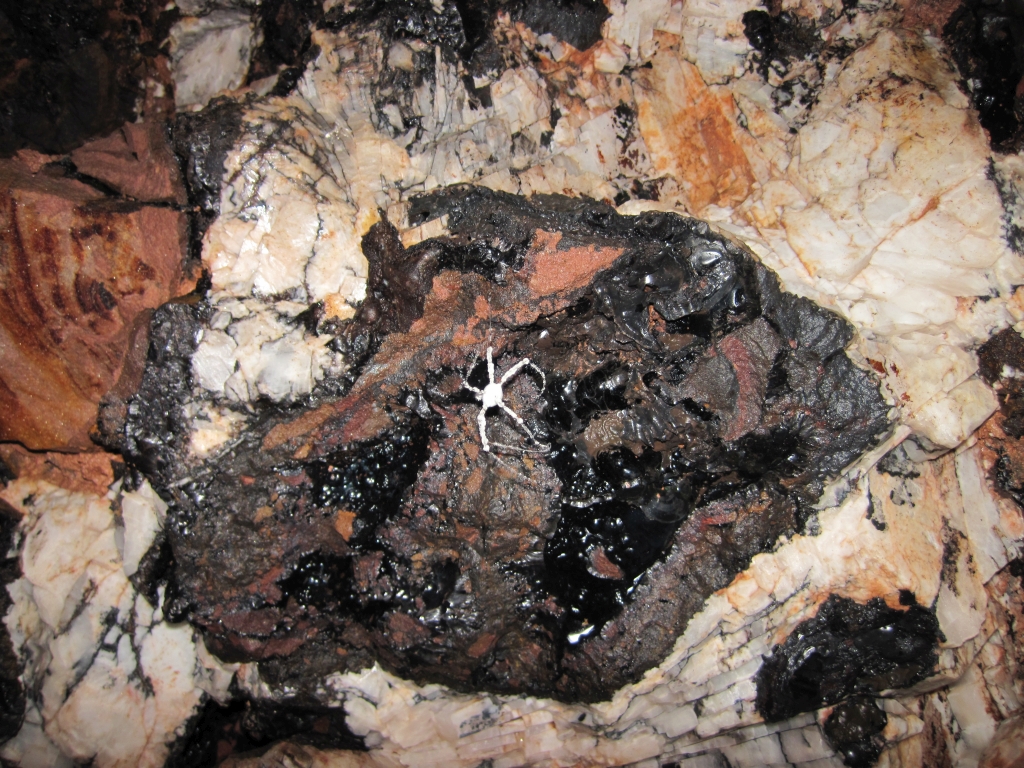The mineralogical composition allows a statement regarding the origin of the particles (geogenic, anthropogenic, but also assignment to lithological units). Furthermore, the mineralogical composition has an influence on transport behavior, abrasiveness, light scattering and risk to human health.
We can determine the mineralogy of your particles by X-ray diffraction (XRD) on ground powder samples or investigate it by polarized light microscopy or scanning electron microscopy (*REM; Petrology and Mineralogy Department). It is also possible to determine the mineralogy directly on suitable filters by means of the methods mentioned.
If you have any questions, we will be glad to help you.
Radiographic analysis (D8 Discover, Bruker)
Method | Sample material | Statement |
Powder diffraction (XRD) | Pulverized particles: Amount > 10 mg - 2 g Occupied acetate filters | Qualitative, semi-quantitative mineral stock |
Texture preparations (unconditioned, glycolized, burned) | Gravimetrically separated clay constituents | Specific characterization of clay minerals, identification of swellable clay minerals |
Microscopy
Method | Instrument | Statement |
Polarized light microscopy | Various models | Mineral composition, grain size, grain shape, |
Scanning Electron Microscope (SEM) coupled with X-Ray Fluorescence* | Tescan Vega | High resolution information (nm to µm) on mineral composition, grain shape, surface texture, etc. |

